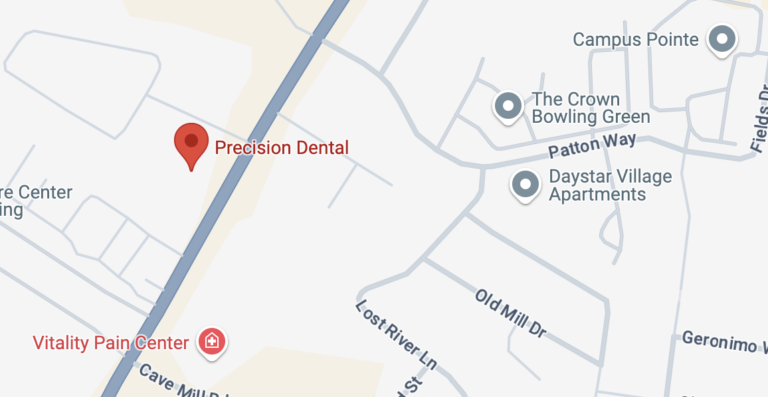Dental Bonding
Dental bonding is an excellent alternative to veneers for restoring teeth that are cracked, chipped, discolored, or slightly misaligned. This versatile treatment can enhance your smile by addressing minor imperfections and improving the overall appearance of your teeth.
Understanding Dental Bonding
Dental bonding, also called teeth bonding, is a procedure where we apply a tooth-colored resin to repair or enhance the look of a tooth. This treatment is often used to cover up chips, close gaps, or even as a filling for cavities in visible areas of your mouth. Dental bonding is also effective for correcting minor alignment issues, making it a flexible option for many cosmetic needs.
During the dental bonding process, the surface of your tooth is lightly etched to create a better bond. Then, we apply a bonding liquid followed by a plastic resin, which is shaped and molded to match the natural contour of your tooth. Once the resin is in place, it is hardened with a special light and then polished to give it a smooth, natural-looking finish.

-
What is dental bonding, and what issues can it fix?
Dental bonding is a cosmetic procedure where a tooth-colored resin is applied to the teeth to correct issues such as chips, cracks, discoloration, and minor gaps. It is also used to reshape teeth or make them appear longer. This process can significantly improve the appearance of your smile by addressing imperfections and creating a more uniform look.
-
How long does dental bonding last?
The longevity of dental bonding depends on factors like your oral habits and the location of the bonding. Typically, dental bonding can last anywhere from 3 to 10 years before it may need to be touched up or replaced. Good oral hygiene, avoiding hard foods, and not using your teeth as tools can help prolong the life of your bonded teeth.
-
What is the procedure for dental bonding?
The dental bonding procedure is relatively simple and usually takes about 30 to 60 minutes per tooth. After the tooth surface is prepared, the bonding resin is applied and shaped to achieve the desired look. A special light is then used to harden the material, and the tooth is polished to blend seamlessly with your natural teeth. This procedure is painless and typically does not require anesthesia unless it’s being used to fill a cavity.
More Questions?
Call our office if you have more questions about dental bonding and the procedure, and we'll be happy to answer them.







